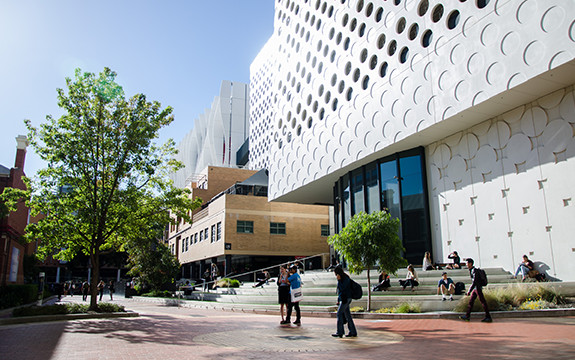Fall of the Mad Monk

In Summary
Peter Browne, Swinburne University of Technology
This article first appeared in the New Statesman.
Considering that Tony Abbott became leader of the Liberal Party of Australia almost by accident, he proved surprisingly difficult to dislodge. Abbott, who was toppled as prime minister on 14 September, won the support of a bare majority of a divided party room six years ago, defeating Malcolm Turnbull, the man who has now usurped him. In four years as opposition leader, Abbott’s ruthless negativity brought down two Labor prime ministers but damaged his own standing; as prime minister, his relentless search for enemies alienated a swath of voters.
What helped keep Abbott in the job were memories of the instability that followed the overthrow of the Labor prime minister Kevin Rudd in 2010. But the parallels commonly drawn between the two
men were never convincing. Rudd’s popularity had been high for most of his tenure, and his abrasive management style was little known outside Canberra. Julia Gillard’s challenge to Rudd seemed to come out of the blue, and her decision to go quickly to an election highlighted her inexperience and produced a hung parliament.
Abbott took office essentially on a promise to abolish Labor’s carbon-trading scheme and mining tax, and stop asylum-seekers arriving by boat. On nearly every other issue he ran dead or matched Labor’s promises; on election eve he went as far as ruling out cuts to education, health care and public broadcasting. The boats were stopped and the carbon scheme and the mining tax were done away with, but most of the other promises got broken. Health and education cuts came in the government’s first budget, along with a shift in the tax burden and a tightening of the welfare system.
Abbott might have survived if his economic management had been more convincing, but his treasurer, Joe Hockey, never recovered from the budget furore and looked increasingly out of his depth. Abbott’s attempts to win votes by focusing on national security also largely failed, and the opinion polls continued to put Labor well ahead.
Turnbull comes from the opposite end of the party. Abbott is close to George Pell, the Australian cardinal who criticised Pope Francis’s encyclical on the environment; Turnbull mixes with Sydney’s best-heeled lawyers, journalists and entrepreneurs. Turnbull’s views are much more liberal than Abbott’s, and his business experience is almost unequalled in the parliamentary party.
This split is reproduced in the party, which is divided between social conservatives and liberals. Like Abbott, Turnbull will have to deal with people who, under a different electoral system, would belong to another party altogether. Just as Abbott was disliked by the liberal wing, Turnbull is viewed with suspicion by the right. His ambition and self-confidence only add to the mistrust.
Besides being smarter, funnier and more popular than his predecessor, Turnbull has the electoral cycle in his favour. The next election, due in late 2016, is just close enough to force unity on the party. For Labor, the pressure will be on to sharpen its performance.
Peter Browne is the editor of the Melbourne-based magazine Inside Story

